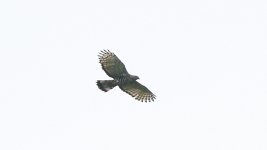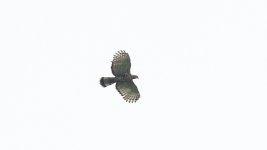dixonlau
Well-known member

Location: Lowland, Sarawak, Malaysian Borneo
Date: Jan-2023
Bird #1
Birds in Group of 3
Thank you for any help.
Date: Jan-2023
Bird #1
I can't tell what bird this is. The color overall looks pale, not sure if lightings (cloudy) could cause of it or perhaps it is still immature bird.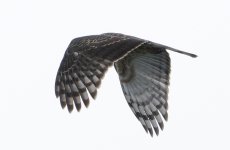 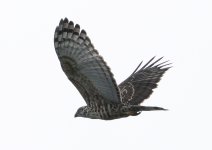 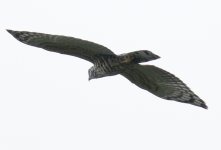 |
Birds in Group of 3
Thank you for any help.





